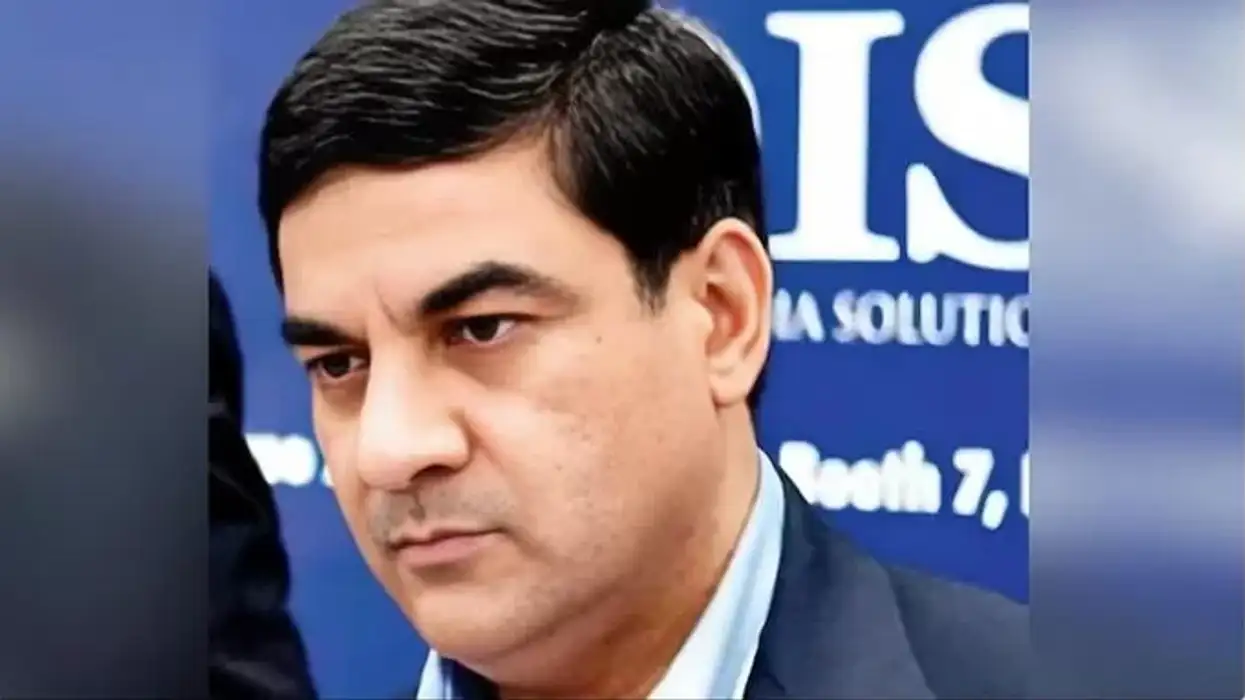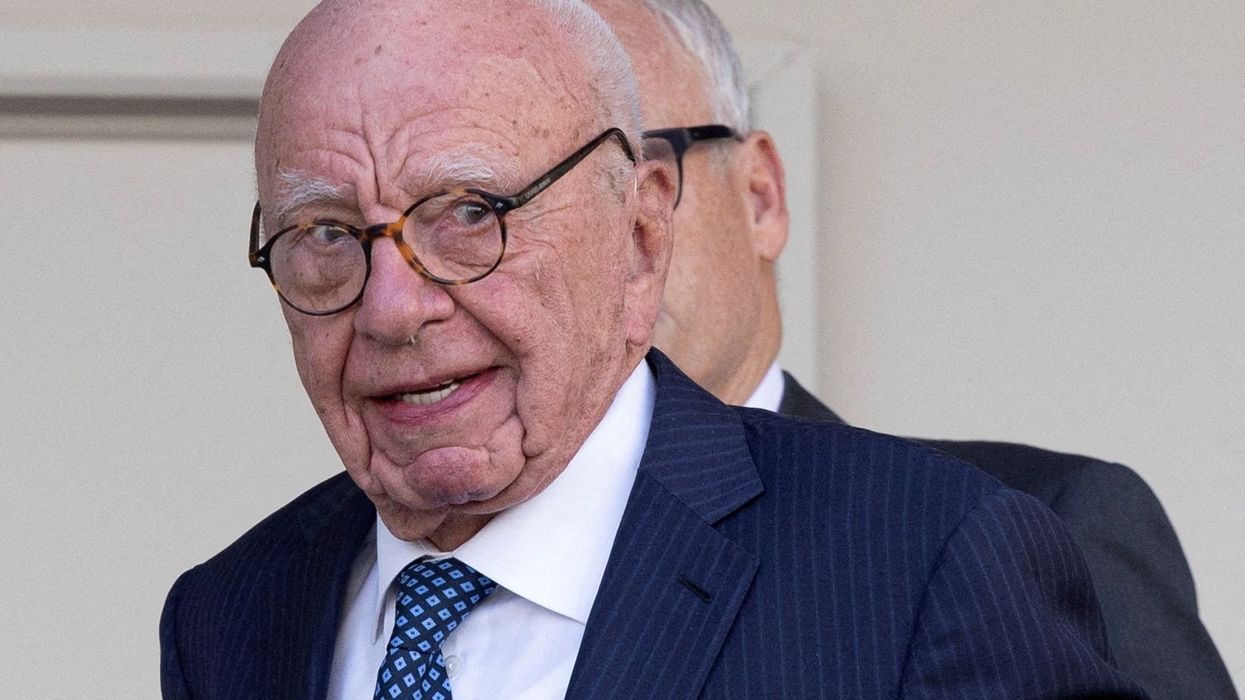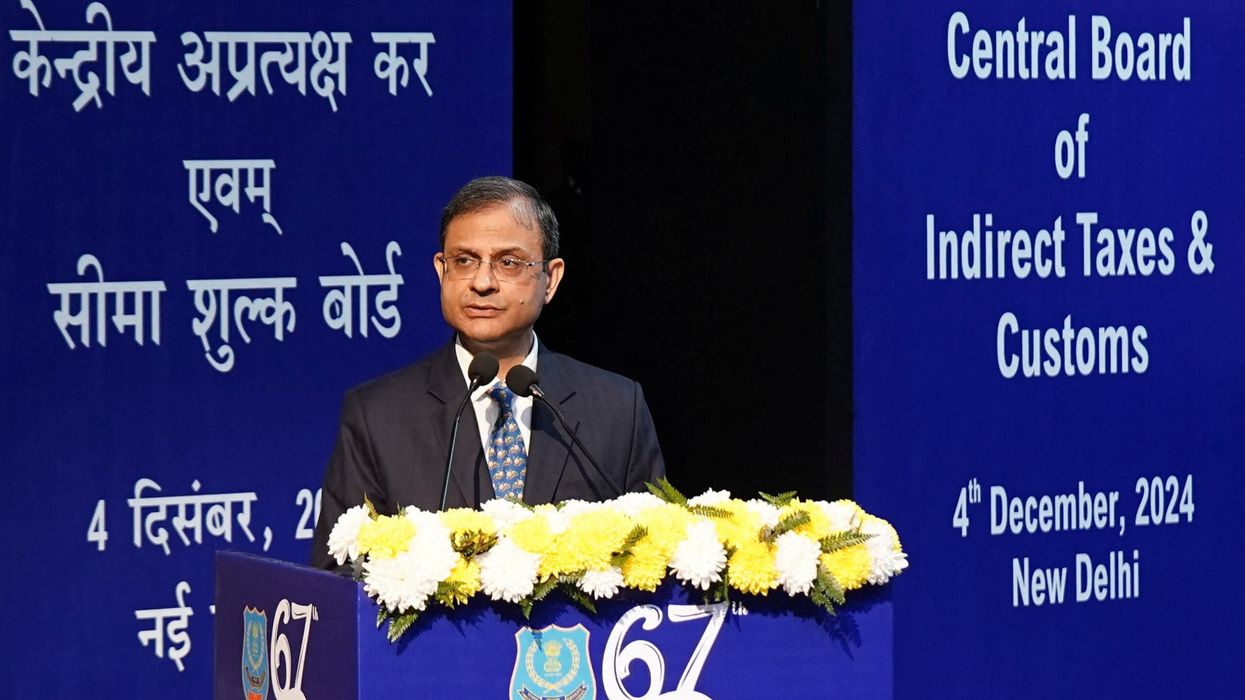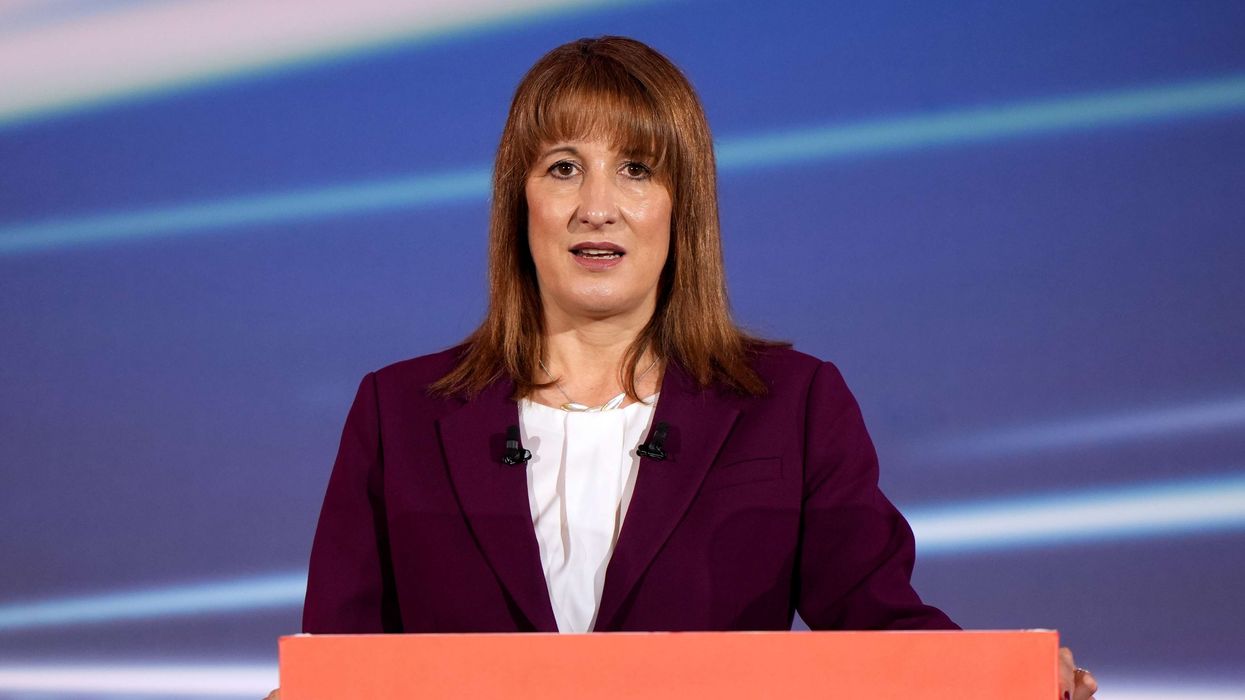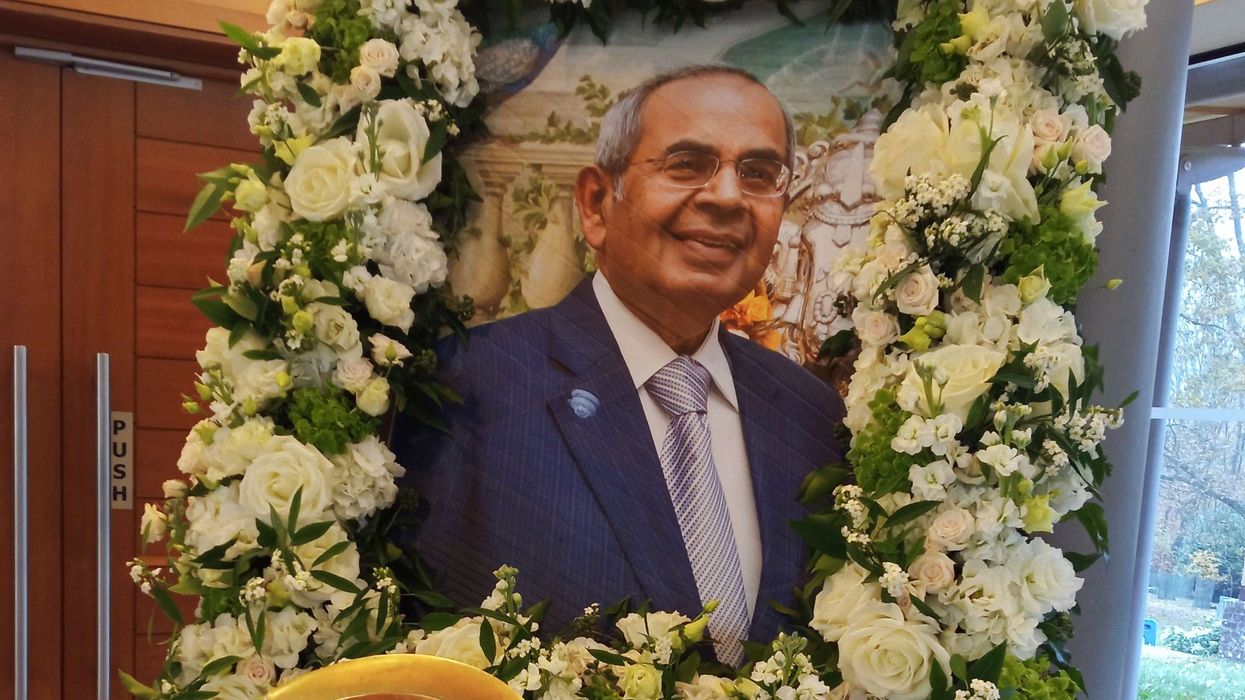INDIA'S economy will double in size to $5,000 billion ($5 trillion) in the near future, prime minister Narendra Modi said.
The country was a "land of opportunities" to investors, the prime minister told a business summit in Seoul, during his visit to the Republic of Korea today (21).
"No other large economy in the world is growing at over seven per cent year after year," Modi added.
More than 600 South Korean companies - including Hyundai, Samsung and LG Electronics – have invested in India and the visiting prime minister said, "We aspire to welcome many more."
Car maker Kia is set to join this club, he added.
To ease business visits, India has provided South Korean nationals visa on arrival since October 2018, the prime minister said.
India is among the top 10 trade partners of South Korea and India is the sixth largest export destination for Korean goods.
Trade between the two nations reached $21.5 bn in 2018.
"Our vision of a India-Korea Startup Centre will provide a hub for Korean startups and Indian talent to freely communicate.
“South Korea’s national IT promotion agency has already opened Indian offices in Bengaluru," Modi said.
(PTI)
